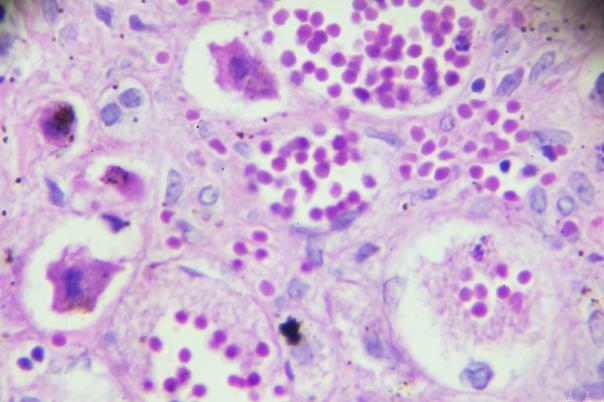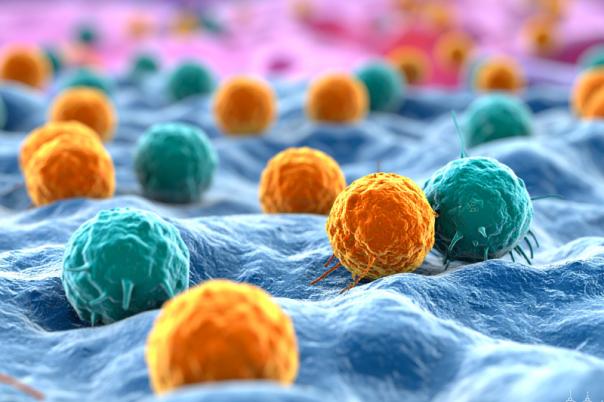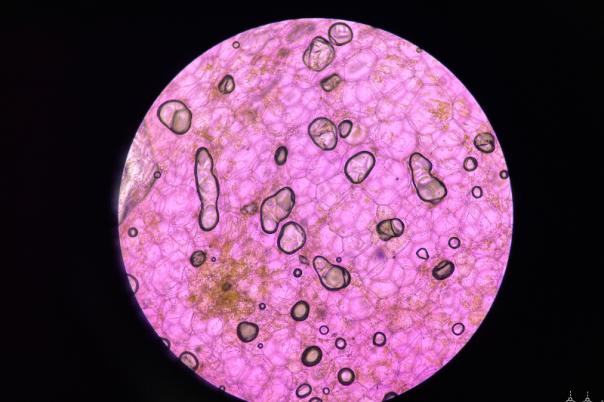Dr. Colles Price, Principal Scientist at Takeda, gave an overview of the evolution of spatial genomics and transcriptomics, highlighted the shift from bulk RNA sequencing to single-cell sequencing, and now to spatial biology. Price suggested that spatial biology can provide us with a more comprehensive understanding of cell interactions.
One can adopt a sequencing-based approach or an imaging-based approach to spatial biology. Examples of sequencing techniques include PIXEL-seq, Stereo-seq, and DBiT-seq. Regarding imaging techniques, Dr. Price homed in on MERFISH.
Spatial cell type annotation can integrate single-cell RNA-seq data with other data types to explore cell interactions. Furthermore, companies like NanoString offer visualisation tools that can zoom in and highlight specific things for scientists without losing resolution.
Cellxgene matrix and cell metadata files can be used to create UMAPs. From these UMAPs, researchers can select a region and look at the leading clusters that may be transcriptionally similar, as well as genes that have similar expression patterns across different clusters. Dr. Price used these principles to investigate whether it is possible to build neighbourhoods onto a tissue.
Following this line of thought, Dr. Price used a hexagonal approach to define regions of interest in cancer tissues. He shared insights from a clinical trial collaboration with Mount Sinai on hepatocellular carcinoma, demonstrating how spatial transcriptomics can identify responders and non-responders to PD-1 blockade therapy, and the role of specific T cell populations in treatment outcomes.
Using MERFISH, Dr. Price and his team were able to profile immune hotspots throughout their tumour sample. The findings showed that these hotspots were heavily populated with Reg DCs and CXCL T cells and that these cells were instrumental as they would be directed by B cells to attack the tumour. This was confirmed by Multiplex IHC with immunofluorescence.
To sum up, Dr. Price claimed that to make the most of the technology, one must have good data and ask the right questions. A combination of cutting-edge image-based, sequencing-based tools and platform-specific visualisers all underpin transcriptomics research.





